The Madonna della Rosa is a 16th-century artwork currently displayed in Madrid, Spain. Thought to be the work of the renowned artist Raphael, recent technology has led to speculation surrounding the piece’s authenticity.
After scanning the oil painting using AI technology, researchers discovered that another artist was likely involved in the piece.
Madonna della Rosa
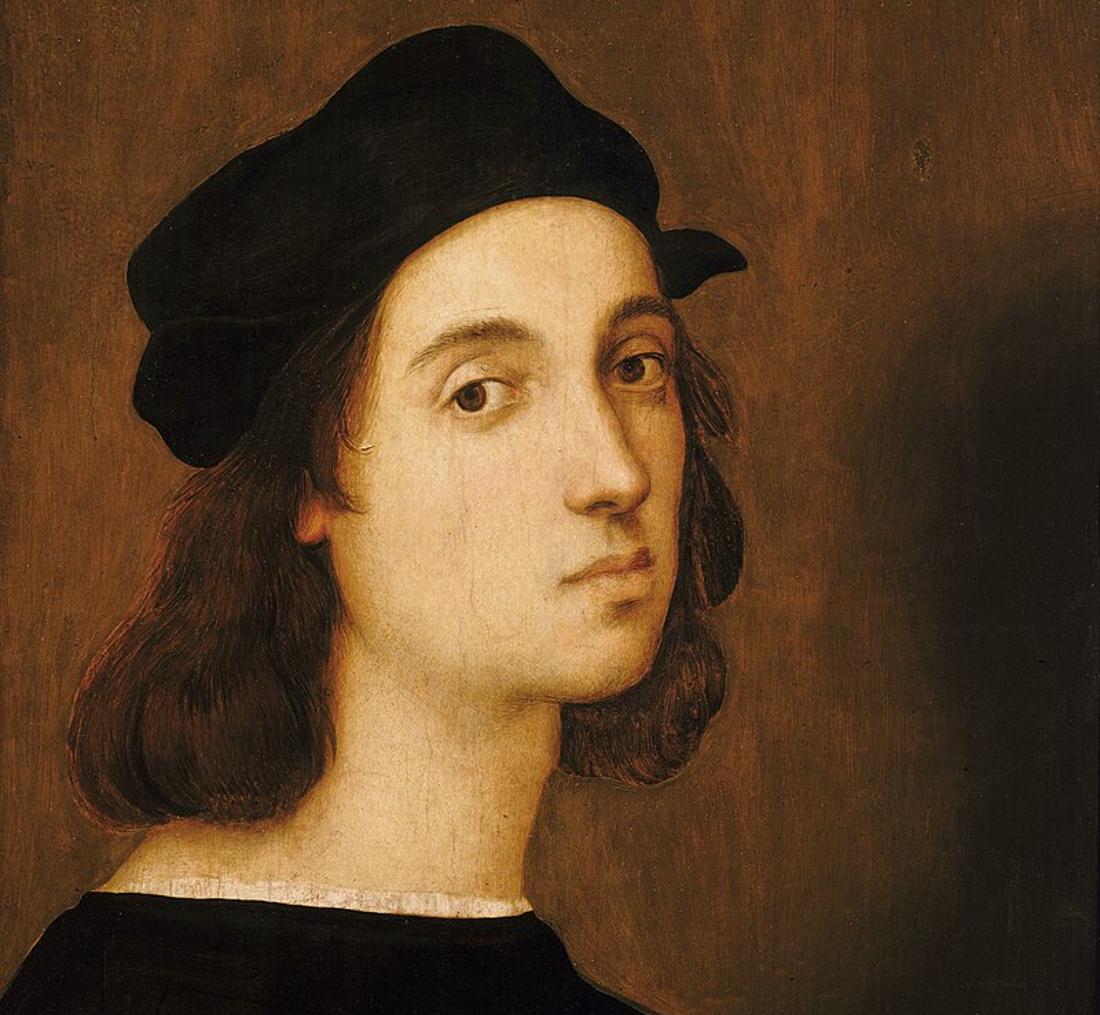
According to art historians, the Madonna della Rosa (Madonna of the Rose) was painted sometime during the early part of the 16th century by the Italian artist Raphael.
The piece was one of numerous Madonnas painted by Raphael, and today, it’s currently on display in the Museo del Prado in Madrid, Spain
Raphael Paints Mother and Holy Son
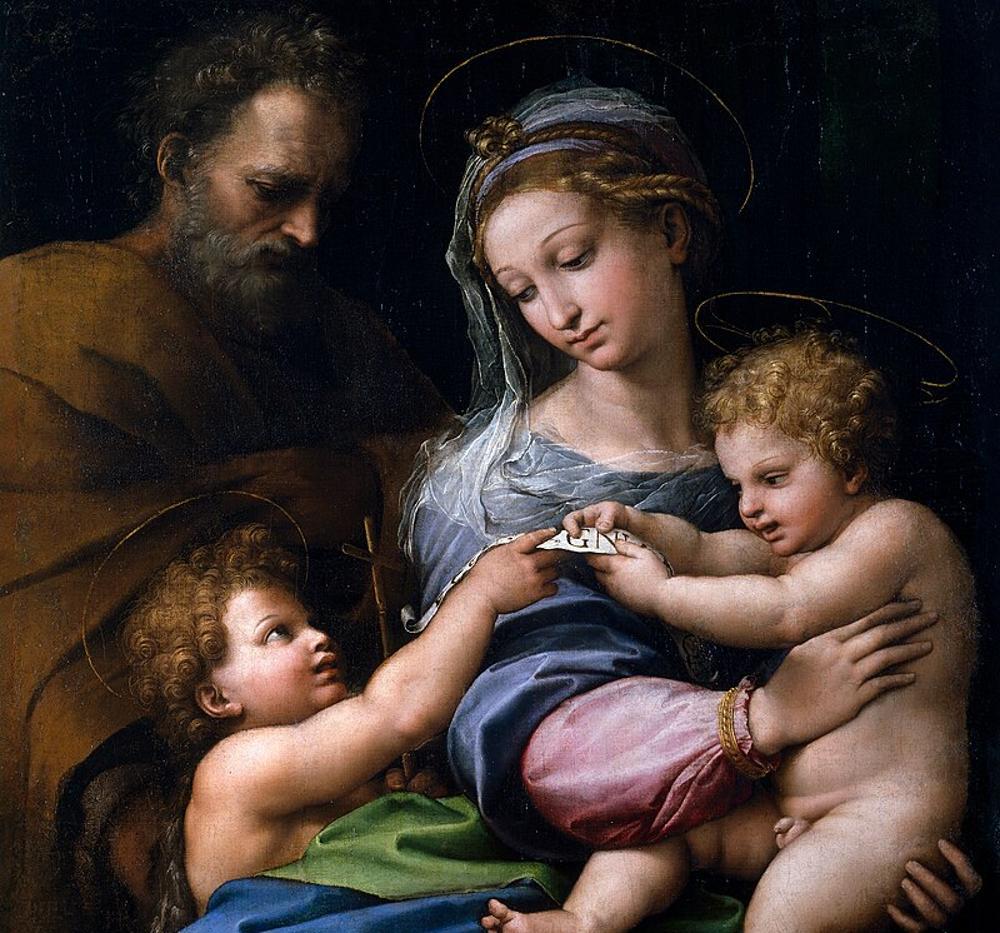
The famous painting depicts Jesus as a newborn in the arms of his mother, Mary. Joseph is pictured to the left of the family, while a young John the Baptist is also included in the painting.
A single rose is seen on a small table in front of the family, which is where the piece of art got its name.
Researchers Bring Forth New Analysis

While the entire painting was once considered to be the work of Raphael, a group of UK-based researchers shocked the art world after claiming they had evidence to prove otherwise.
The researchers used an AI program to scan the painting and concluded Joseph’s head was likely completed by another artist.
Authenticity Long Debated by Art Critics
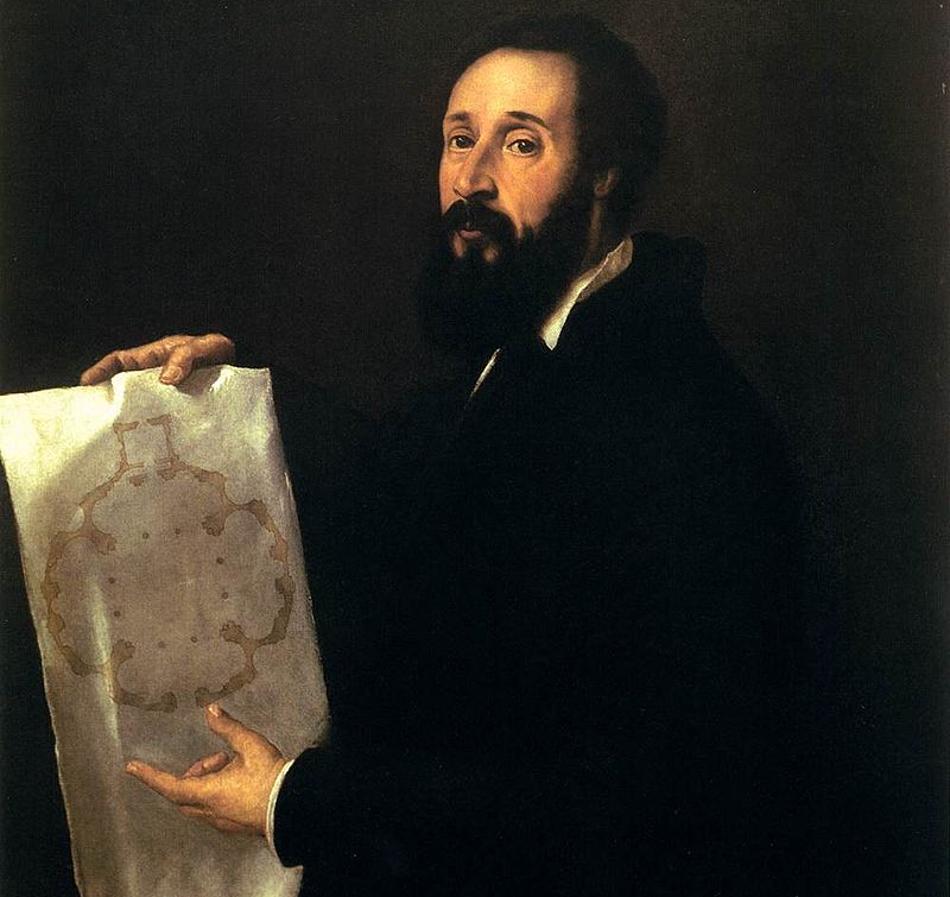
The results of the AI scan may have shocked numerous art critics. Yet, others were not surprised by the news at all.
Raphael’s piece has long been the center of an age-old debate questioning whether or not his pupil, Giulio Romano, may have been involved in the project.
Researchers Shed Insight on the Debate
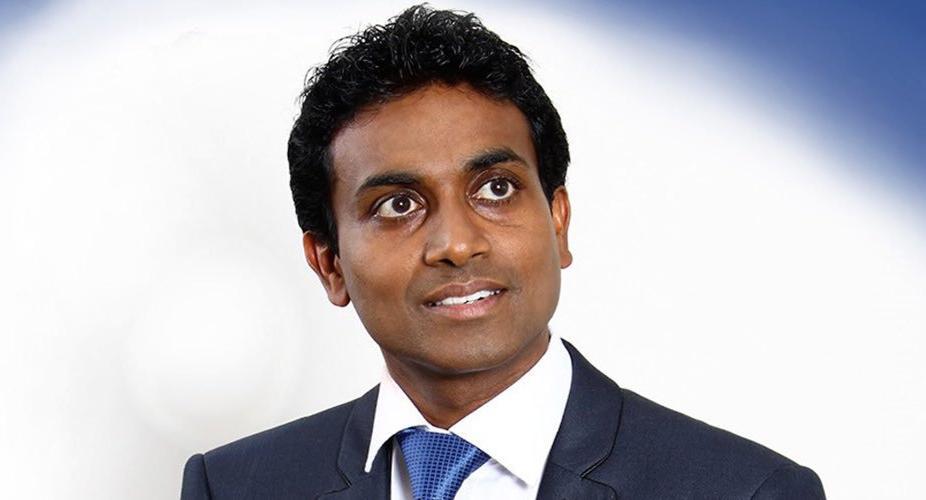
Another common debate centered on the artwork is whether or not the rose and table were added at a later date.
According to Professor Hassan Ugail, director of the Centre for Visual Computing and Intelligence Systems at the University of Bradford, the entirety of the piece besides Joespeh’s face should be attributed to Raphael.
Ugail Uses AI to Authenticate Artwork

Professor Ugail believes the AI system, created by him and behind the research, can recognize authentic Raphael pieces with an astonishing 98% accuracy.
“We used pictures of authenticated Raphael paintings to train the computer to recognize his style to a very detailed degree, from the brushstrokes, the color palette, the shading, and every aspect of the work,” he said.
Microscopic Scanning of The Madonna della Rosa
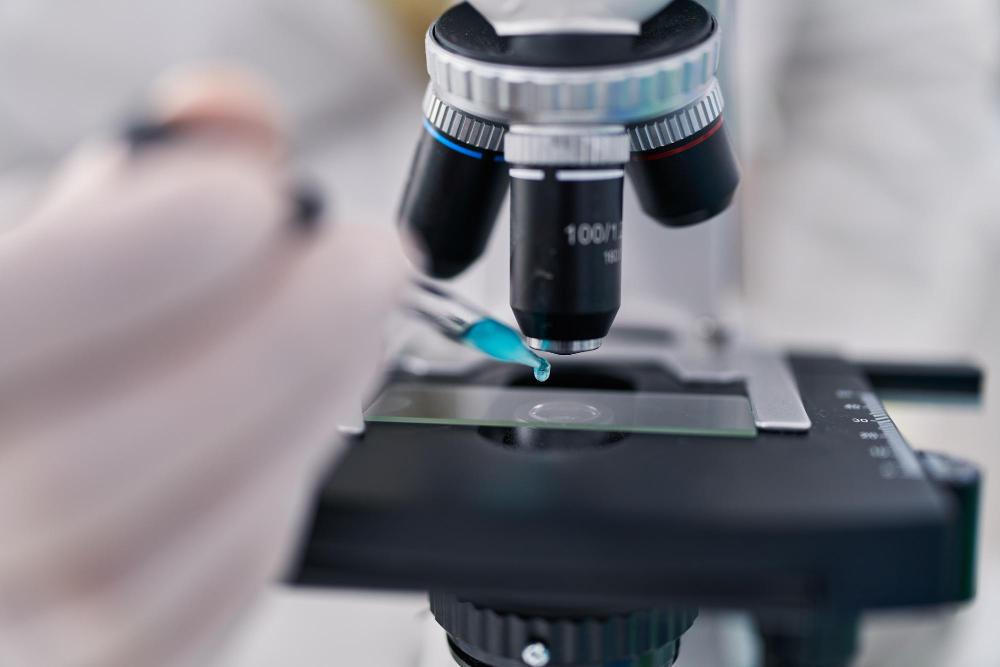
Ugail goes on to claim that the AI algorithm used by his team can see “far more deeply than the human eye, to (the) microscopic level.”
He continued, “So, then we tested the individual parts, and while the rest of the picture was confirmed as Raphael, Joseph’s face came up as most likely not Raphael.”
Involvement From Raphael’s Students
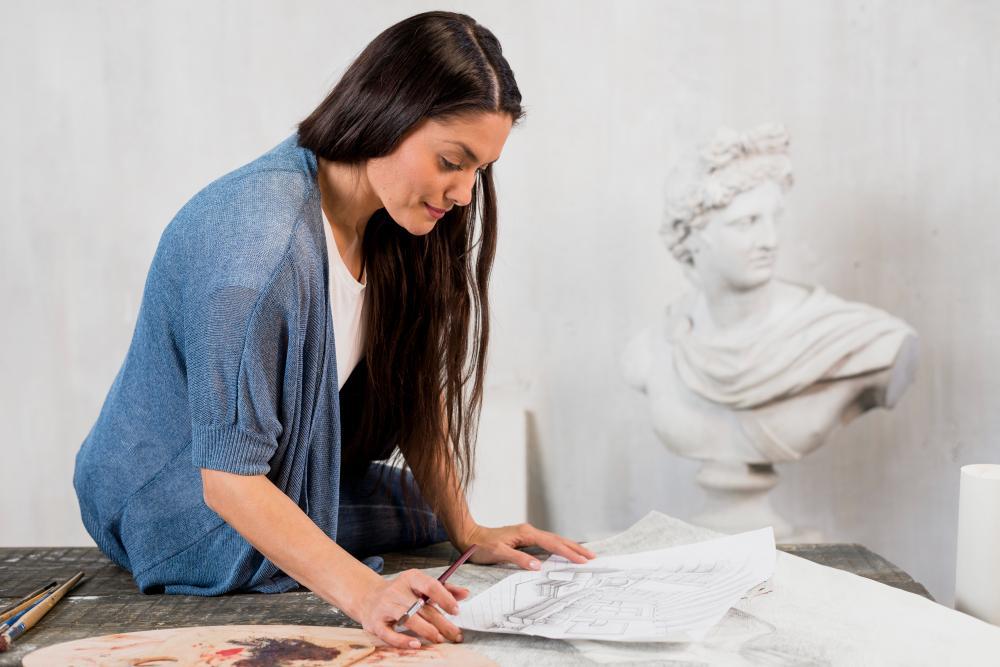
Co-author of the study, Howell Edwards, said early art critics believed wholeheartedly that Raphael completed the entirety of the painting by himself without help.
Yet, by the 19th century, many art connoisseurs began questioning this theory. Many began postulating whether a few students from the Italian workshop were involved or not.
Attributions to Students Came Later
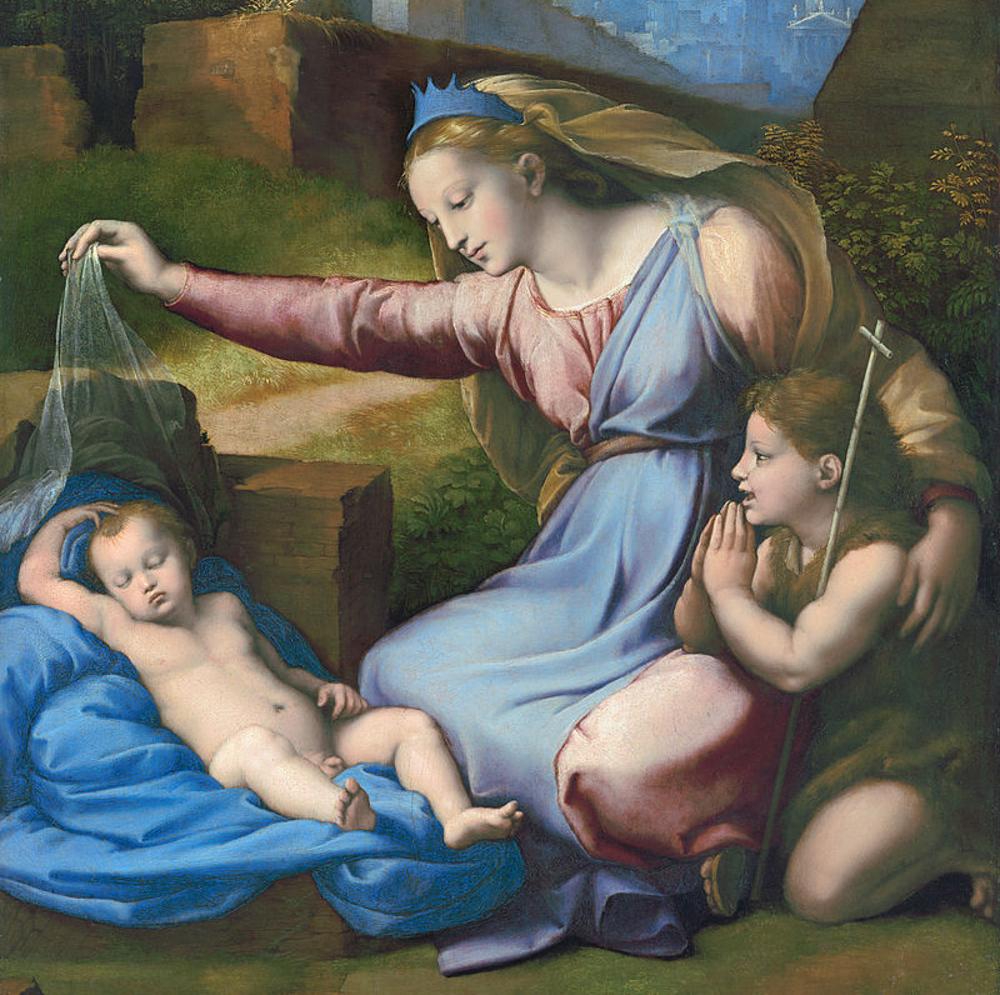
Professor Edwards claims the slight attribution of the piece to students such as Giulio Romano was theorized much later in history.
He said, “The attribution to Raphael’s workshop was gradually accepted later and attributed particularly to his pupil Giulio Romano and possibly also to Gianfrancesco Penni.”
Spain Never Questioned the Authenticity
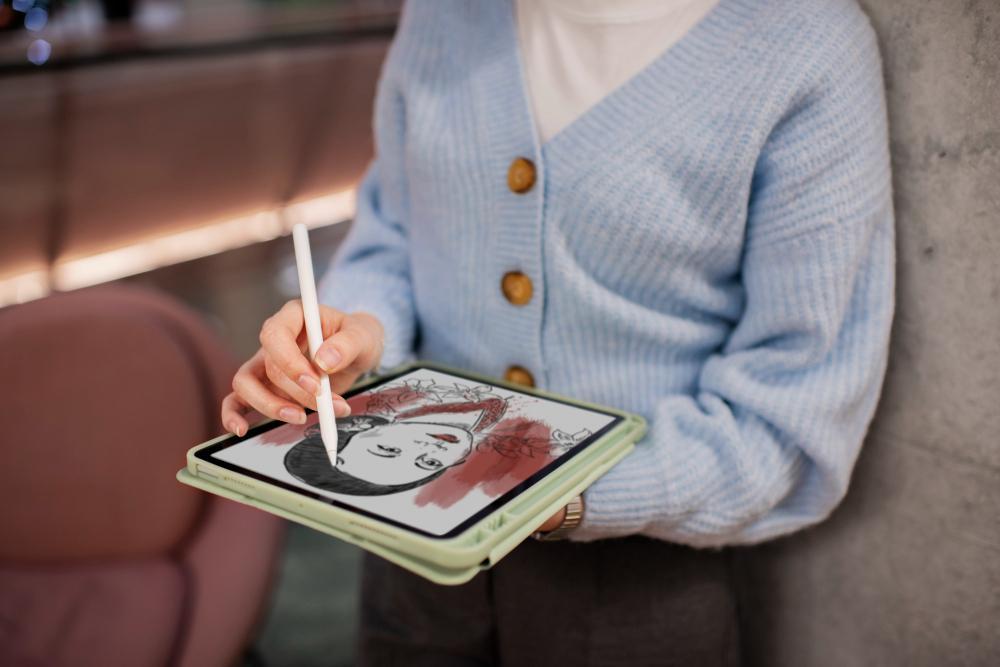
According to the professor who works at the University of Bradford alongside Ugail, “In Spain, the original attribution has never been questioned.”
He continued, “Some connoisseurs regard the quality of the composition and painting for the Madonna, Child and Saint John as far exceeding that of Saint Joseph, whom they feel has been added at the workshop as somewhat of an afterthought.”
All Doubt Now Put Aside
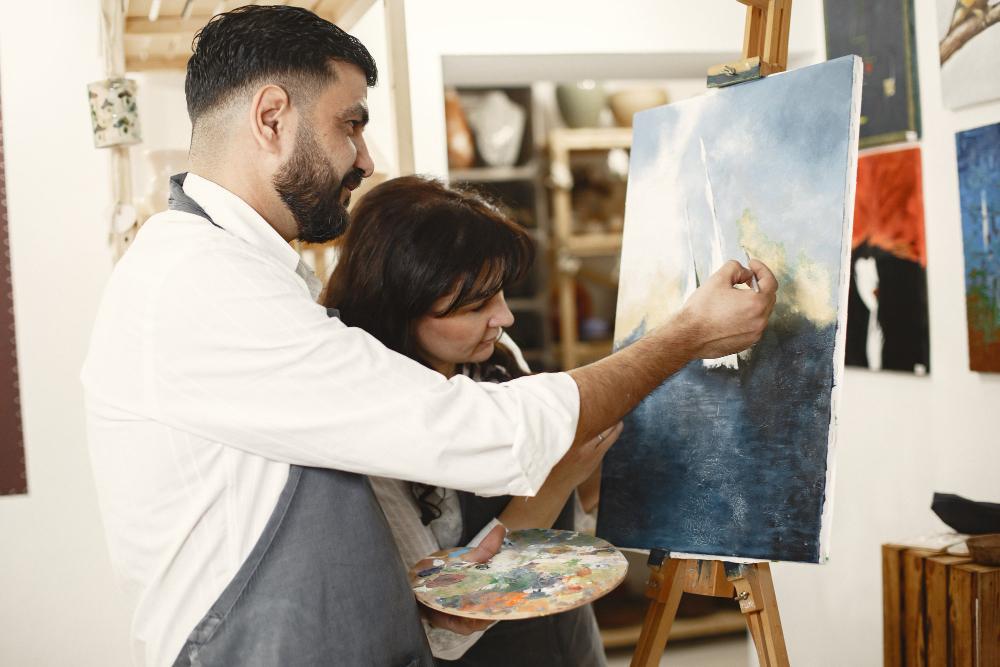
The professors conclude that all doubt can be put to the side, as they believe the AI scan has proven beyond a doubt that the entirety of the Madonna della Rosa, besides the face of Joesph, was completed by Raphael.
‘The AI programme analysis of our work has demonstrated conclusively that whereas the three figures of the Madonna, Christ Child and Saint John the Baptist are unequivocally painted by Raphael, that of Saint Joseph is not and has been painted by someone else – possibly by Romano,” said Edwards.
